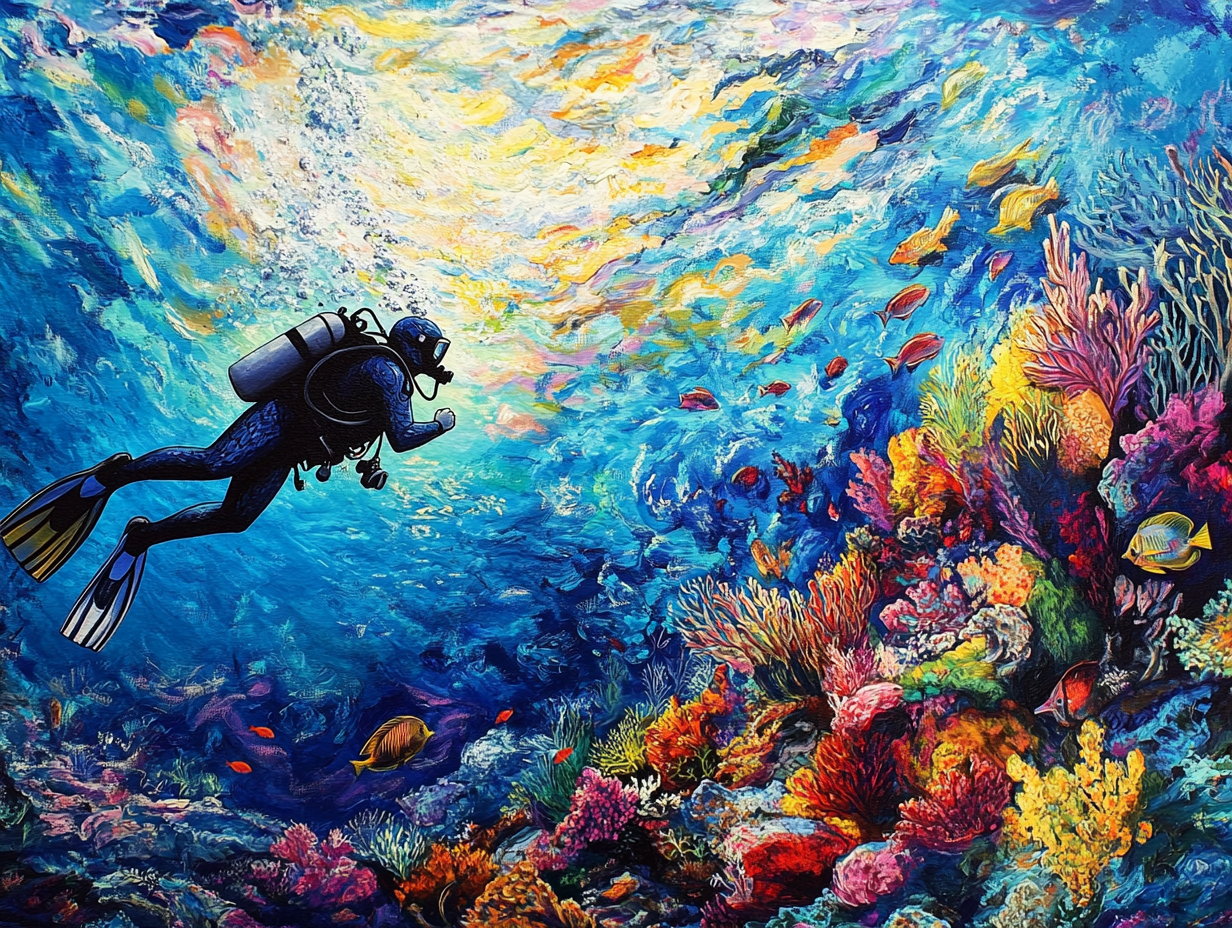Singer Zubeen Garg’s tragic death during a scuba diving session in Singapore has sparked concerns over underwater safety. Experts stress the need for proper training, health checks, and strict adherence to diving guidelines to prevent such tragedies.
The celebrated Assamese singer Zubeen Garg, aged 52, has died following a fatal scuba-diving incident in Singapore. He reportedly lost consciousness while underwater and was pulled out by Singaporean authorities, but despite urgent medical attention and resuscitation efforts, he could not be revived.
This tragic event is a stark reminder that even experienced individuals are vulnerable if proper safety precautions are not strictly followed beneath the waves. To help ensure safer diving for everyone, the following guidelines are based on recognised practices and expert recommendations.
Key Safety Tips for Scuba Diving
Get Proper Training & Certification
Only dive if you have been trained by a recognised agency (such as PADI, SSI, CMAS). Training includes understanding equipment, safety procedures, emergency response, and rescue protocols. Uncertified diving significantly increases risk.
Health Check Before Diving
Be in good physical condition. Avoid diving if you have respiratory, cardiac or sinus problems, or if you’re suffering from a cold, fever or any other condition that may impair breathing or equalisation of pressure. Even minor ailments can become serious underwater.
Use the Buddy System
Never dive alone. Always dive with a partner or in a group, so that help is available immediately in case something goes wrong — whether it’s equipment failure, disorientation, or losing consciousness.
Pre-Dive Briefing & Dive Planning
Review the dive plan: depth limits, time limits, safety stops, entry and exit points, emergency procedures. Understand the local sea conditions, currents, tide, visibility. Stick to the plan unless there is an obvious and safe reason to deviate.
Equipment Checks & Maintenance
Before every dive, inspect all gear: regulator, buoyancy control device (BCD), air tanks, gauges, mask, and fins. Ensure everything is clean, properly assembled, functioning correctly, and that air tanks are full and well-maintained. Faulty or poorly maintained gear can lead to catastrophic failure.
Proper Ascent & Breathing Techniques
Always breathe continuously and never hold your breath while ascending. Ascend slowly, following safety stop procedures to avoid decompression sickness (“the bends”). Equalise pressure in ears and mask regularly.
Stay Hydrated & Avoid Alcohol/Dr#gs
Dehydration and intoxication impair judgement, slow reflexes, and can worsen the effects of pressure changes. Drink water, rest well before diving, and avoid diving under the influence of alcohol or dr#gs.
Respect Depth & Limits
Know your certification limits (in terms of depth, type of dive, etc.) and do not exceed them. Deep or technical dives require special training and equipment. Maintain conservative safety margins.
Stay Calm Underwater
Panic is dangerous. If things go wrong – low air, strong current, disorientation – stop, breathe, think, act. Use hand signals, stay close to your buddy, ascend or return safely rather than pushing on in dangerous conditions.
Emergency Preparedness
Be aware of rescue and first-aid procedures. Carry safety equipment such as signalling devices, dive knife, whistle, surface marker buoy. Know how to use them. Always have a plan for exit and emergency support.
Mourning and a Call for Greater Awareness
While the details surrounding Zubeen Garg’s exact cause of death are still being investigated, reports so far indicate breathing difficulties during diving and loss of consciousness underwater. His passing has ignited a national conversation about scuba diving safety, reinforcing that precautions are not optional luxuries but essential matters of life and death.
For those drawn to explore the ocean’s beauty, respect for the risks is just as important as the thrill. Following safety protocols, proper training, and good health checks can make all the difference.



